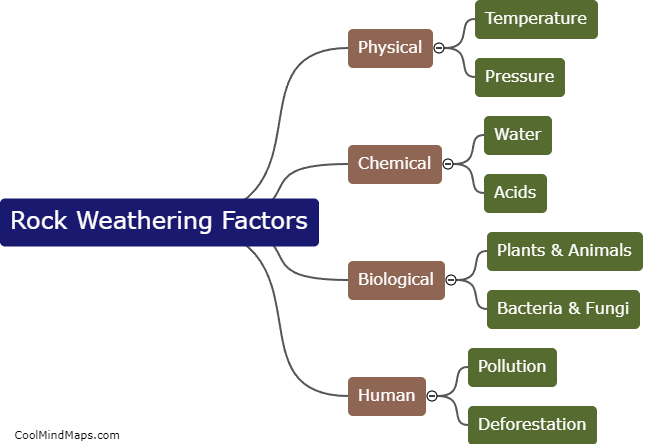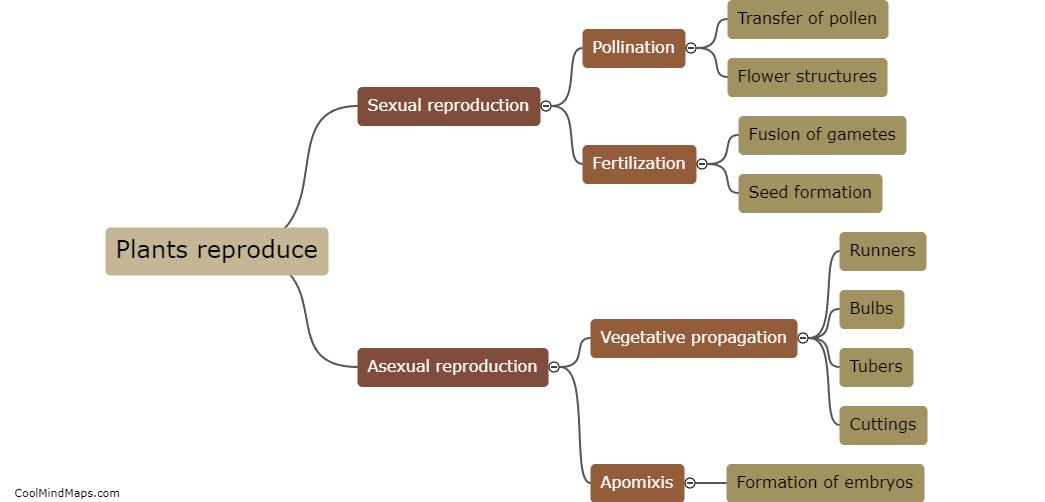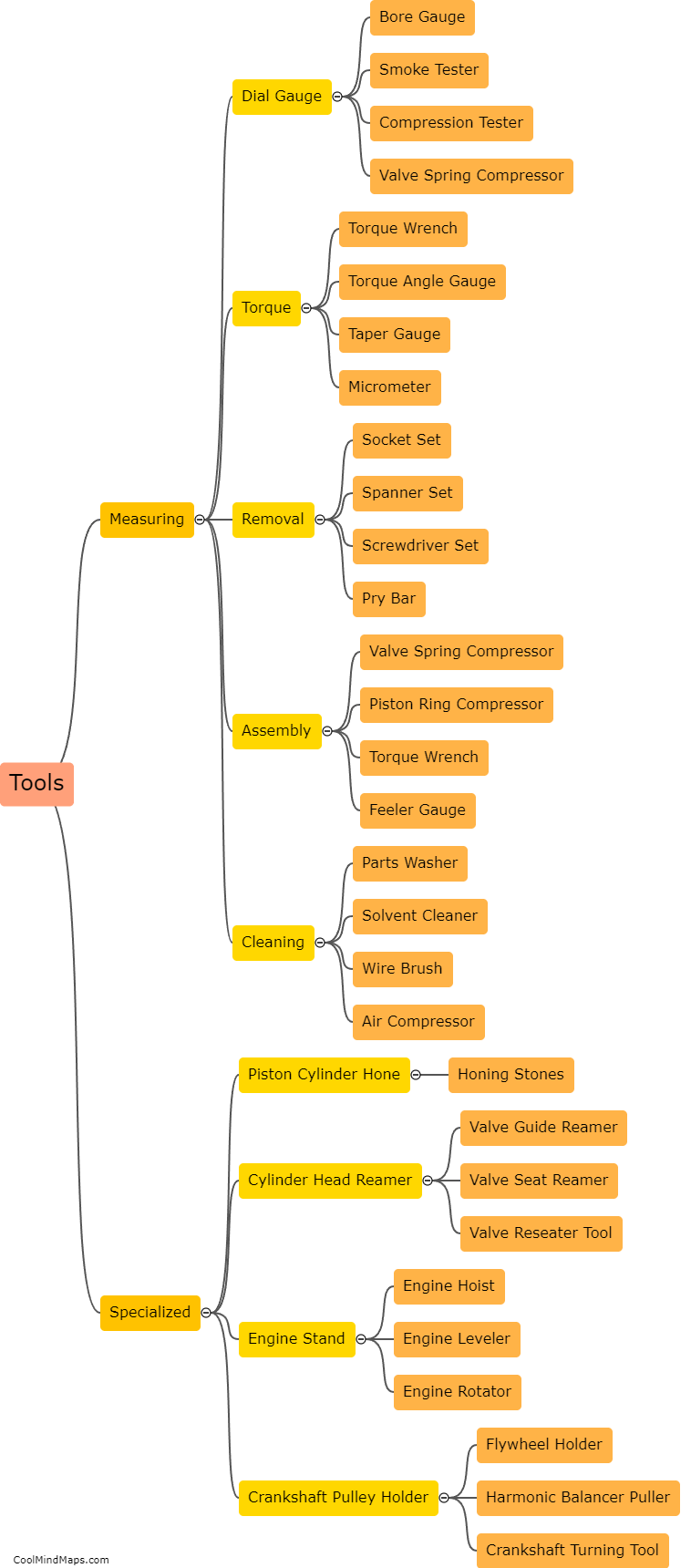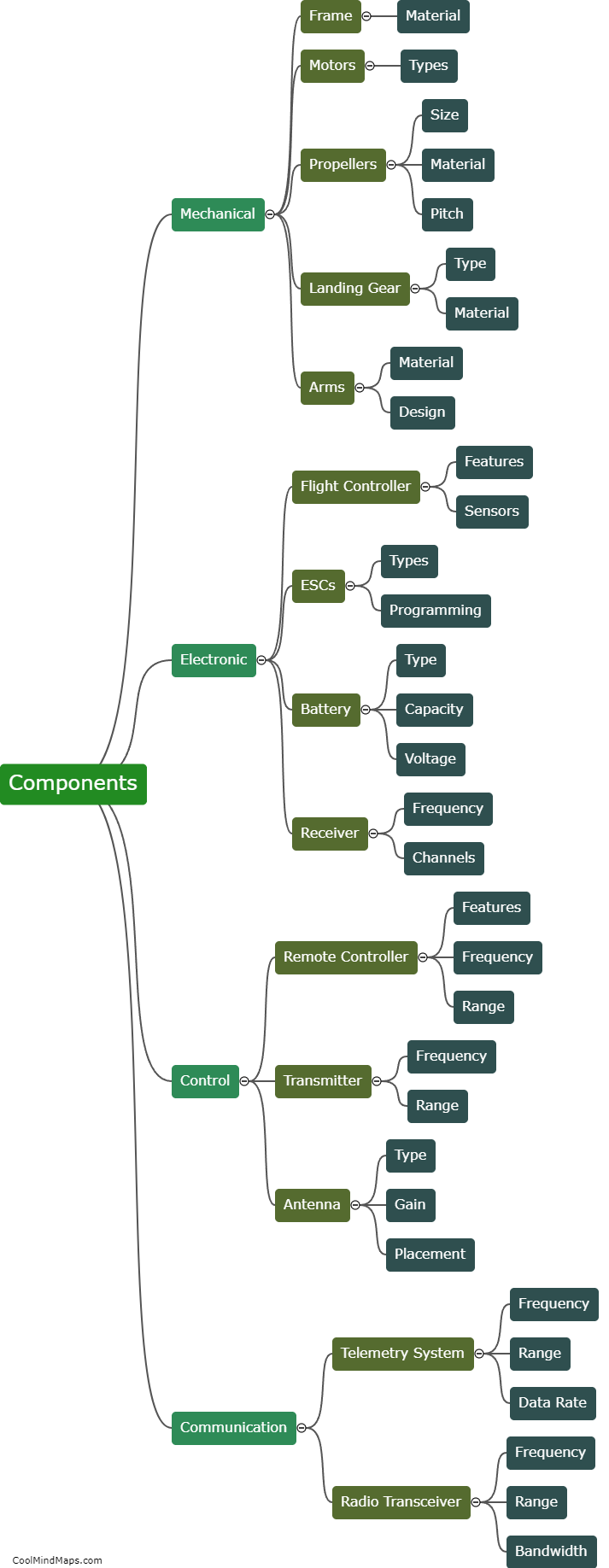How can smartphone and wearable device data detect Parkinson's disease?
Smartphone and wearable devices have emerged as powerful tools in detecting and monitoring various health conditions, including Parkinson's disease. These devices are equipped with sensors that can collect data on various parameters like movement, gait, tremors, and balance. By analyzing this data, advanced algorithms can detect patterns and anomalies that may indicate the presence or progression of Parkinson's disease. For instance, changes in walking speed, stride length, or arm swing symmetry can provide valuable insights into motor symptoms associated with the disease. This non-invasive and continuous monitoring approach holds great potential in enabling early detection, objective assessment, and personalized management of Parkinson's disease, ultimately improving the quality of life for patients.

This mind map was published on 26 December 2023 and has been viewed 91 times.











